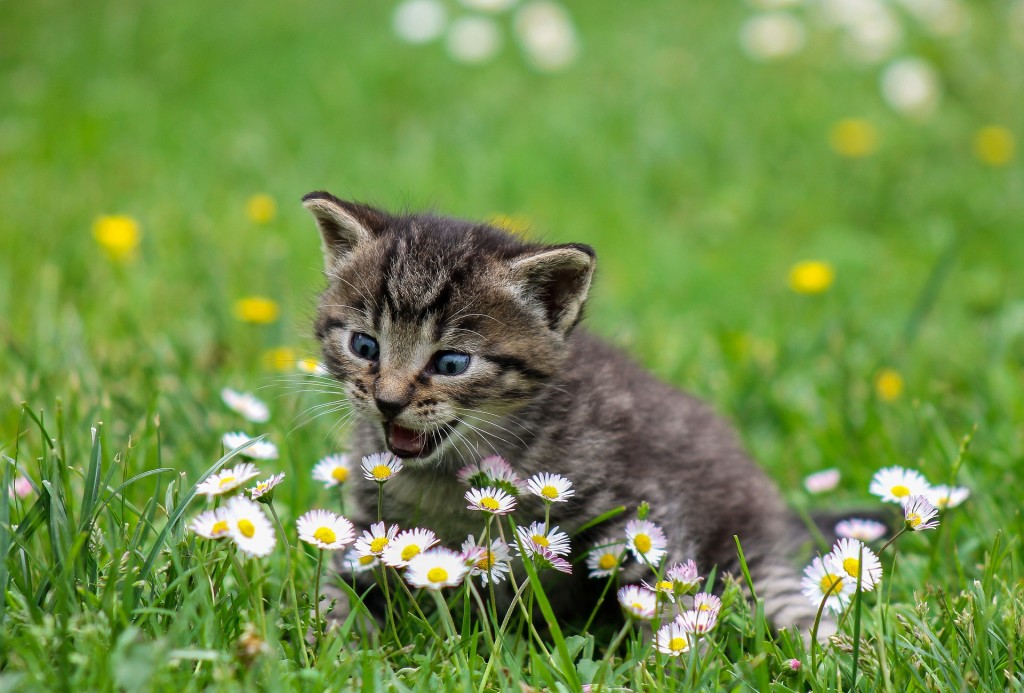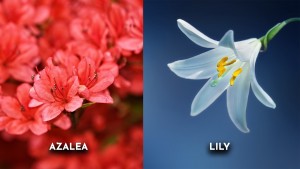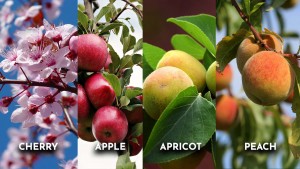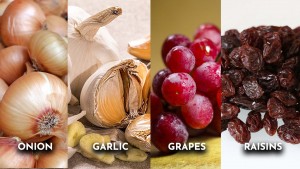by Soojin Um
Staff Writer
We’re surrounded by plants. Chances are, you have a potted plant somewhere in your home. If you have a veranda or a backyard, you probably have an herb garden or a flower bed. Even if you’re not much of a gardener, there’s the grass to mow and shrubs to trim. Plants are everywhere. If you add cats to the mix, that can potentially lead to some problems.
 Some cats like to nibble on flowers and other plants. Usually it’s harmless, but there are many plants that are toxic to cats. The result can be an upset stomach or vomiting, but also more serious symptoms, such as difficulty with breathing, trouble with swallowing, and heart irregularities. It’s also not just eating and chewing, but being around plants that can cause issues, such as irritation of the skin, paws, and mouth.
Some cats like to nibble on flowers and other plants. Usually it’s harmless, but there are many plants that are toxic to cats. The result can be an upset stomach or vomiting, but also more serious symptoms, such as difficulty with breathing, trouble with swallowing, and heart irregularities. It’s also not just eating and chewing, but being around plants that can cause issues, such as irritation of the skin, paws, and mouth.
 There are several categories of plants that cats can frequently come in contact with that can cause them harm. The first category is: flowers. Certain flowers are toxic to cats. Most rhododendrons, particularly the Azalea, are dangerous. Ingestion can cause vomiting and diarrhea, but if a lot of it is eaten, it can cause coma and even death. Lilies of any kind can also be lethal. Lily poisoning can cause kidney failure, even in small quantities. Even lily pollen is poisonous. Cats may get lily pollen on their fur, and when they groom themselves, they ingest it. If you see any symptoms or think your cat may have eaten these flowers, call the veterinarian right away. It’s generally good practice to keep flowers out of the house unless you know for sure they are harmless to cats. Consult trusted sources, such as your vet, which flowers are safe.
There are several categories of plants that cats can frequently come in contact with that can cause them harm. The first category is: flowers. Certain flowers are toxic to cats. Most rhododendrons, particularly the Azalea, are dangerous. Ingestion can cause vomiting and diarrhea, but if a lot of it is eaten, it can cause coma and even death. Lilies of any kind can also be lethal. Lily poisoning can cause kidney failure, even in small quantities. Even lily pollen is poisonous. Cats may get lily pollen on their fur, and when they groom themselves, they ingest it. If you see any symptoms or think your cat may have eaten these flowers, call the veterinarian right away. It’s generally good practice to keep flowers out of the house unless you know for sure they are harmless to cats. Consult trusted sources, such as your vet, which flowers are safe.
 If your cat is an outdoor cat, even part time, certain trees can cause toxic effects. In particular, fruit trees can be very harmful. Cherry trees contain molecules that can cause death in cats and dogs. The cherries are harmless, but the leaves, flowers, and seeds contain cyanide. If eaten, it can cause breathing problems, muscle weakness, and shock. Other trees can have similar effects. Apple, apricot, and peach trees also contain cyanide molecules. It’s easy to determine what plants can be inside the house, but it’s different outdoors. Cats can go into neighboring areas that have these trees (and other plants). You may have to weigh the risks before letting your cat outside.
If your cat is an outdoor cat, even part time, certain trees can cause toxic effects. In particular, fruit trees can be very harmful. Cherry trees contain molecules that can cause death in cats and dogs. The cherries are harmless, but the leaves, flowers, and seeds contain cyanide. If eaten, it can cause breathing problems, muscle weakness, and shock. Other trees can have similar effects. Apple, apricot, and peach trees also contain cyanide molecules. It’s easy to determine what plants can be inside the house, but it’s different outdoors. Cats can go into neighboring areas that have these trees (and other plants). You may have to weigh the risks before letting your cat outside.
 There are also toxic plants in your home hiding in plain sight: In your kitchen. Certain fruits and vegetables can be just as poisonous as any tree or flower. Onions and garlic can cause anemia (damage to red blood cells) in cats. In very small amounts, you might not see any symptoms. However, if a lot is ingested, it can cause sudden anemia and weakness. Onion poisoning is fairly easily treatable, but you must act fast and take your cat to the vet. Other toxic foods include grapes and raisins. These foods can cause kidney failure in some dogs and cats, though some pets can eat these with no ill effects. Since it’s not possible to predict which cats will have problems and which won’t, it’s best to abstain from giving your cat grapes and raisins. They provide no nutritional benefit to cats, so it’s not like cats are losing out by not eating them. It’s always better safe than sorry.
There are also toxic plants in your home hiding in plain sight: In your kitchen. Certain fruits and vegetables can be just as poisonous as any tree or flower. Onions and garlic can cause anemia (damage to red blood cells) in cats. In very small amounts, you might not see any symptoms. However, if a lot is ingested, it can cause sudden anemia and weakness. Onion poisoning is fairly easily treatable, but you must act fast and take your cat to the vet. Other toxic foods include grapes and raisins. These foods can cause kidney failure in some dogs and cats, though some pets can eat these with no ill effects. Since it’s not possible to predict which cats will have problems and which won’t, it’s best to abstain from giving your cat grapes and raisins. They provide no nutritional benefit to cats, so it’s not like cats are losing out by not eating them. It’s always better safe than sorry.
There are many things that are harmless to us but can be harmful to cats. If you have a new cat, you may need to examine your home and habits to see if anything can hurt your feline friend. There are many resources on creating a safe environment for your cat, and you might want to start with your veterinarian.
Please let us know your thoughts on this topic and/or give us feedback here or on Facebook.

